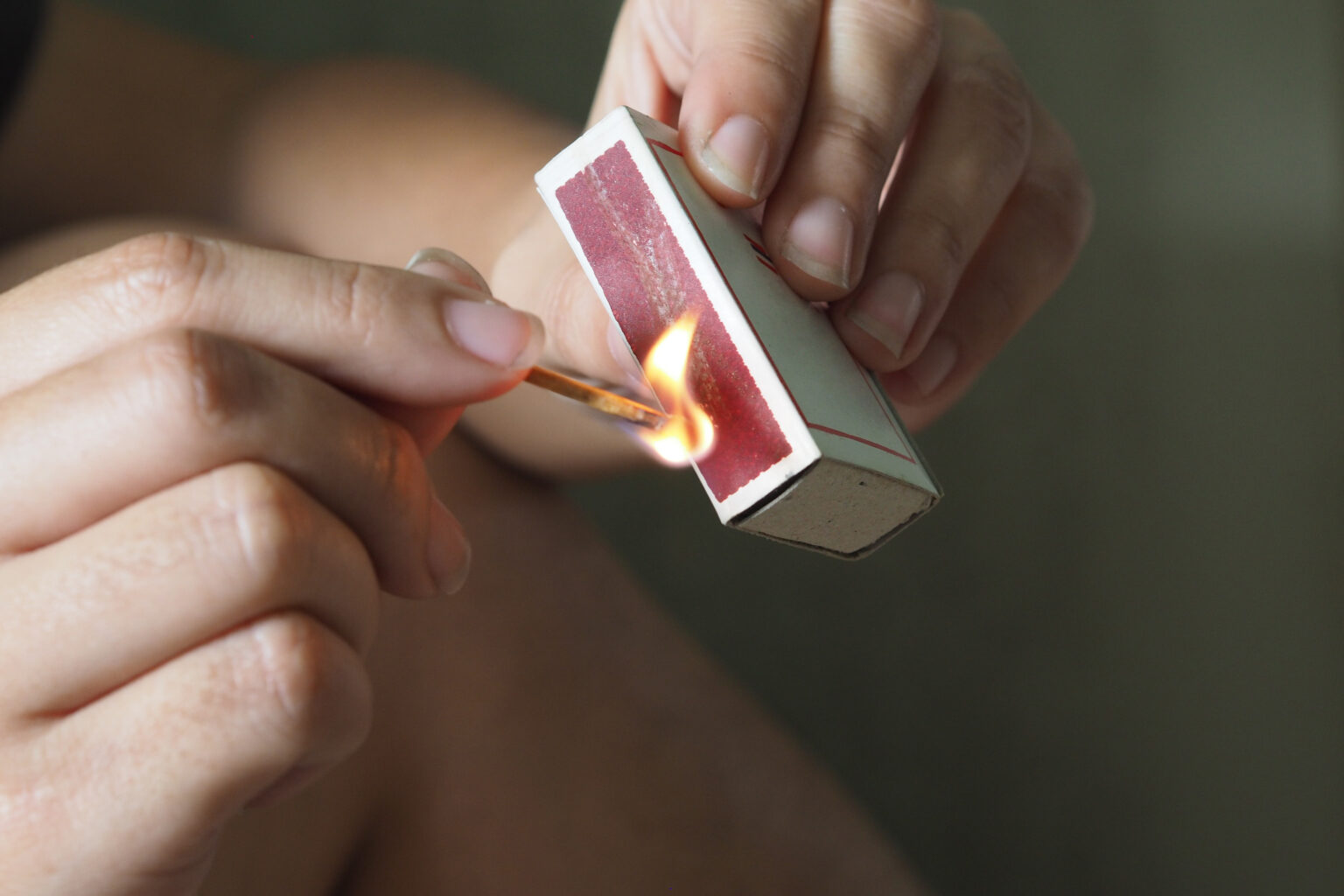Some of the coolest things in life weren’t planned, and the same goes for inventions. A surprising number of everyday materials we rely on came about entirely by accident. These discoveries, from sticky notes to sweeteners, prove that even mistakes can lead to something amazing. Here are ten materials you’ll never look at the same way again.
Sticky Notes That Stick Just Right
The story of sticky notes started with a failed adhesive. In 1968, Spencer Silver, a scientist at 3M, created a glue that wasn’t very strong. It was shelved until a colleague realized it could hold paper lightly in place without leaving residue. And just like that, sticky notes became the MVP of desks everywhere.
Velcro Hooked Onto Success
Velcro owes its existence to a dog walk. In 1941, Swiss engineer George de Mestral noticed burrs clinging to his dog’s fur. Under a microscope, he saw tiny hooks that inspired his hook-and-loop fastening system. Decades later, Velcro is used in everything from shoes to space suits.
Microwave Ovens That Heat It All Up
Microwave ovens began with melted candy. In 1945, Percy Spencer, an engineer, noticed a chocolate bar in his pocket melted while he worked on radar equipment. Intrigued, he experimented with popcorn and eggs, leading to the invention of the microwave. Snack time would never be the same.
Teflon’s Slippery Start
Teflon, the nonstick coating on your pans, was discovered by mistake in 1938. Chemist Roy Plunkett was trying to create a new refrigerant when he found a substance that was super slippery and resistant to heat. Today, it’s in cookware, fabric protectors, and even spacecraft.
The Sweet Surprise of Saccharin
Saccharin, the first artificial sweetener, was the result of an oversight in the lab. In 1879, Constantine Fahlberg forgot to wash his hands after working with coal tar derivatives. He noticed his fingers tasted sweet, and the rest was sugar-free history.
Super Glue That Stuck Around
Super glue came out of a failed experiment during World War II. Chemist Harry Coover was working on creating clear plastic gun sights but ended up with a substance that stuck to everything. It was too sticky for its original purpose but perfect as an adhesive for everyday use.
Rubber That Bounced Back
Vulcanized rubber, used in car tires and more, was discovered by Charles Goodyear in 1839—by accident. He spilled a rubber and sulfur mixture on a hot stove and found it created a durable, weatherproof material. His mistake revolutionized transportation and industry.
Safety Glass That Shattered Expectations
Safety glass, the kind used in car windshields, was invented when Edouard Bénédictus accidentally knocked a glass flask coated with cellulose nitrate off a shelf. It cracked but didn’t shatter, inspiring the idea of glass that stays intact in accidents.
The Birth of Plastic
Plastic, specifically Bakelite, was discovered in 1907 by Leo Baekeland while trying to create a synthetic alternative to shellac. His new material, which didn’t melt under heat or pressure, sparked the modern plastics industry. It’s hard to imagine life without it today.
Matches That Lit the Way
The humble matchstick came to life in 1826 when John Walker accidentally scraped a stick coated with chemicals against his hearth. The stick ignited, and Walker realized he had something revolutionary. Matches quickly became an essential part of everyday life.
These accidental inventions prove that not everything has to go as planned to turn out great. Sometimes, a little curiosity and a lot of luck are all it takes to change the world—or at least make life a whole lot easier. Who knows what happy accident will happen next?

